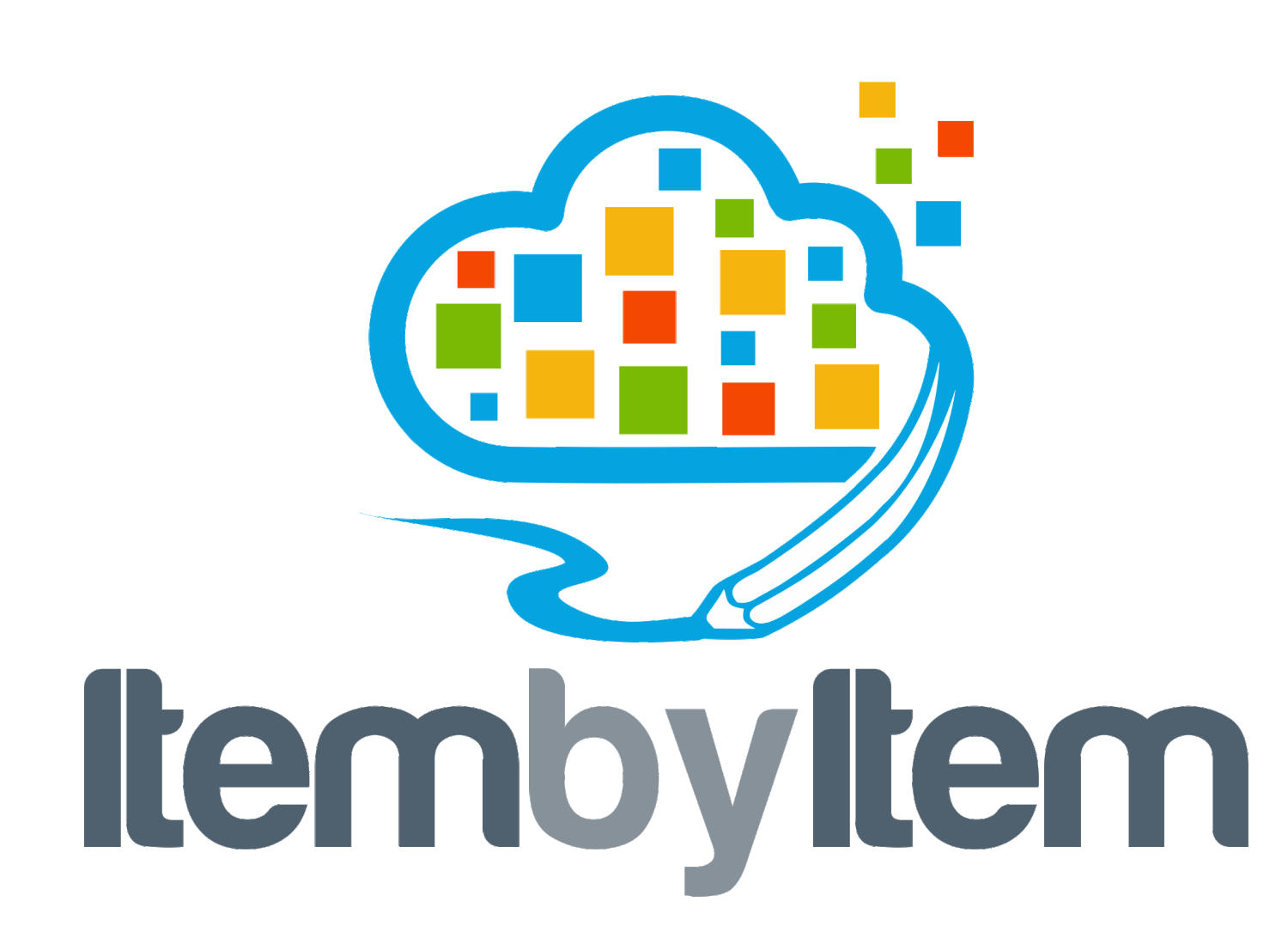Why stop at go-live?
In order to make the most of their investment, organizations should establish continuous learning programs after going live. Most companies rather focus on training either at the start of their projects or right before their go-lives. On the other hand, we all know that turnover, new hires, and job transfers are common in everyday business. For growth-minded organizations, ongoing training is essential.
During implementation, users generally engage with two sets of tasks simultaneously; their regular day-to-day tasks and the demanding project tasks. Sometimes they may not have enough time for training before they go live. It is important to make training materials available to the users on an as-needed basis after the go-live so that they can quickly find the information that they are looking for. Micro-course-based online training is a great fit for this need. In addition, as learners use Microsoft Dynamics 365 (D365) day-to-day, they will want to enhance their knowledge level within their functional areas or even in other functional areas. Often times before the go-live, there is not enough time to provide cross-functional training. Therefore, it is important to have the D365 curriculum set up for learners to foster continuous learning. Continuous learning supports the business to conduct their day-to-day tasks while showing the employees that the organization is invested in their growth as well.
After D365 is implemented, as new employees join the organization, they will need to be trained on D365 concepts, tasks, and processes. Having an established learning plan for these new hires is invaluable and necessary. A learning plan can be constructed by combining the online training content with hands-on job experience. Learners will quickly get up to speed and the organization will benefit from a smooth transition.
Micro-course-based online training is the key to continuous learning. It allows organizations that implemented D365 to ensure current employees know the necessary information and are continuously learning more. It also allows organizations to bring new employees quickly and efficiently. The trick is to have a learning plan in place to fit the needs of the learner community.

